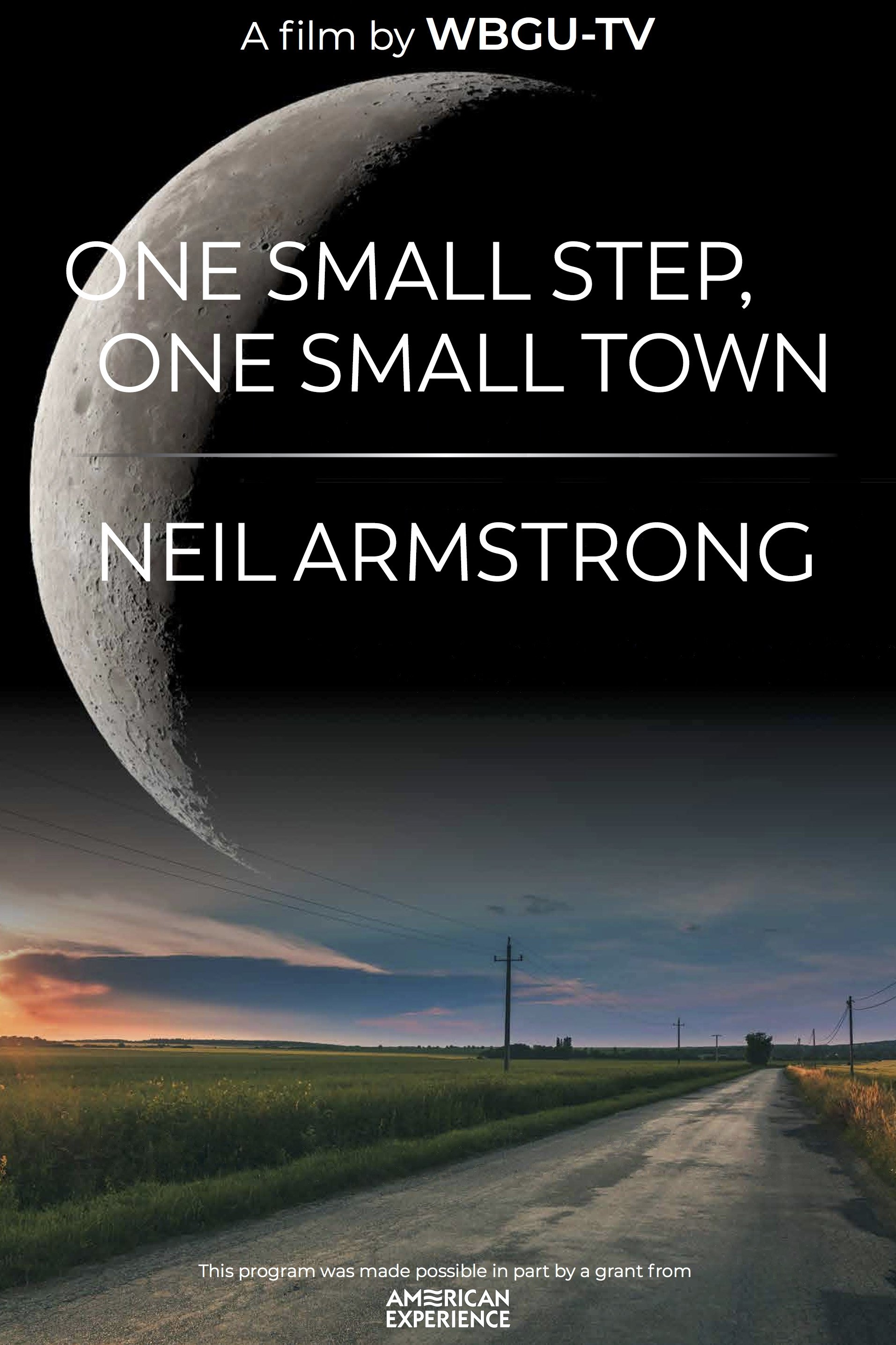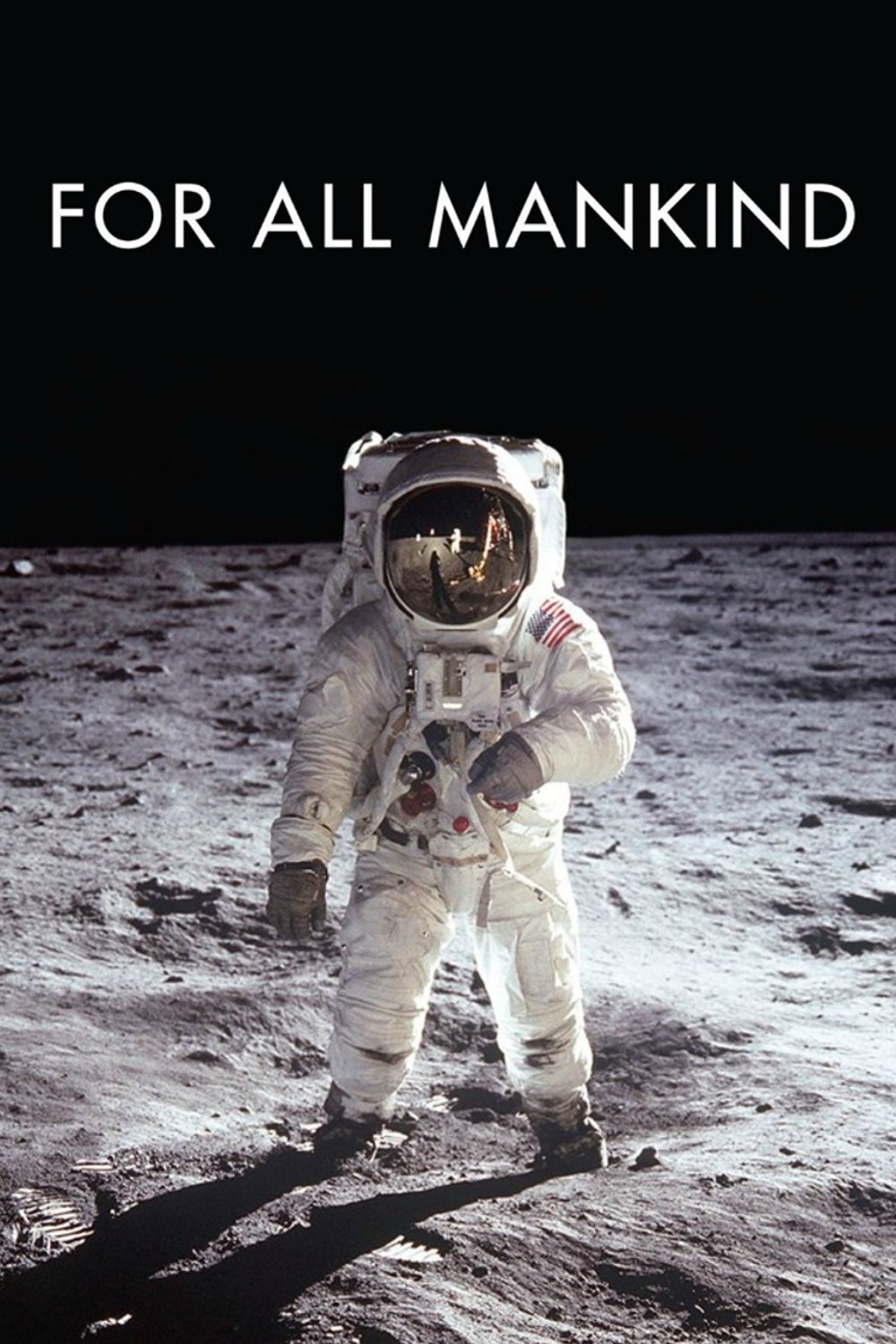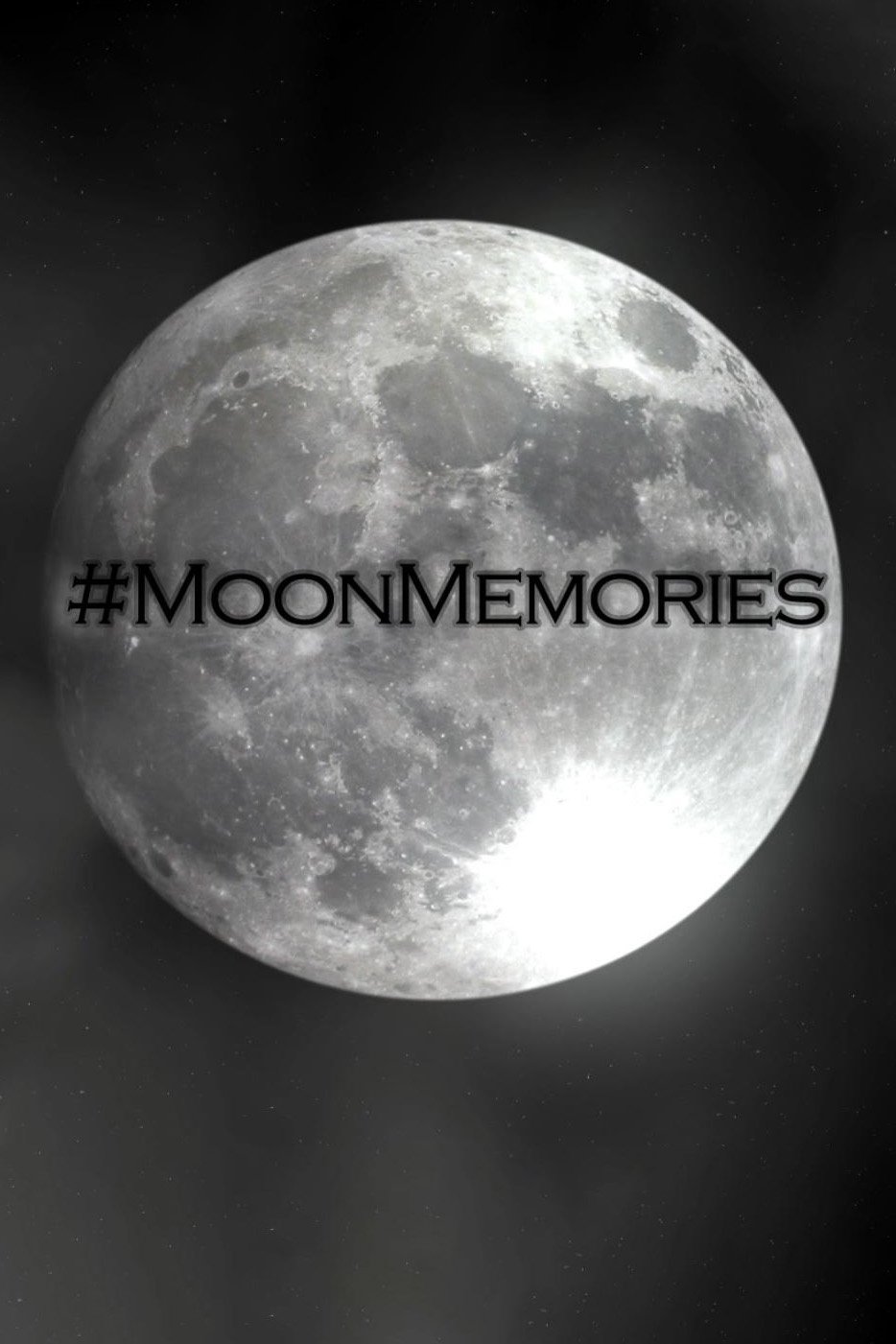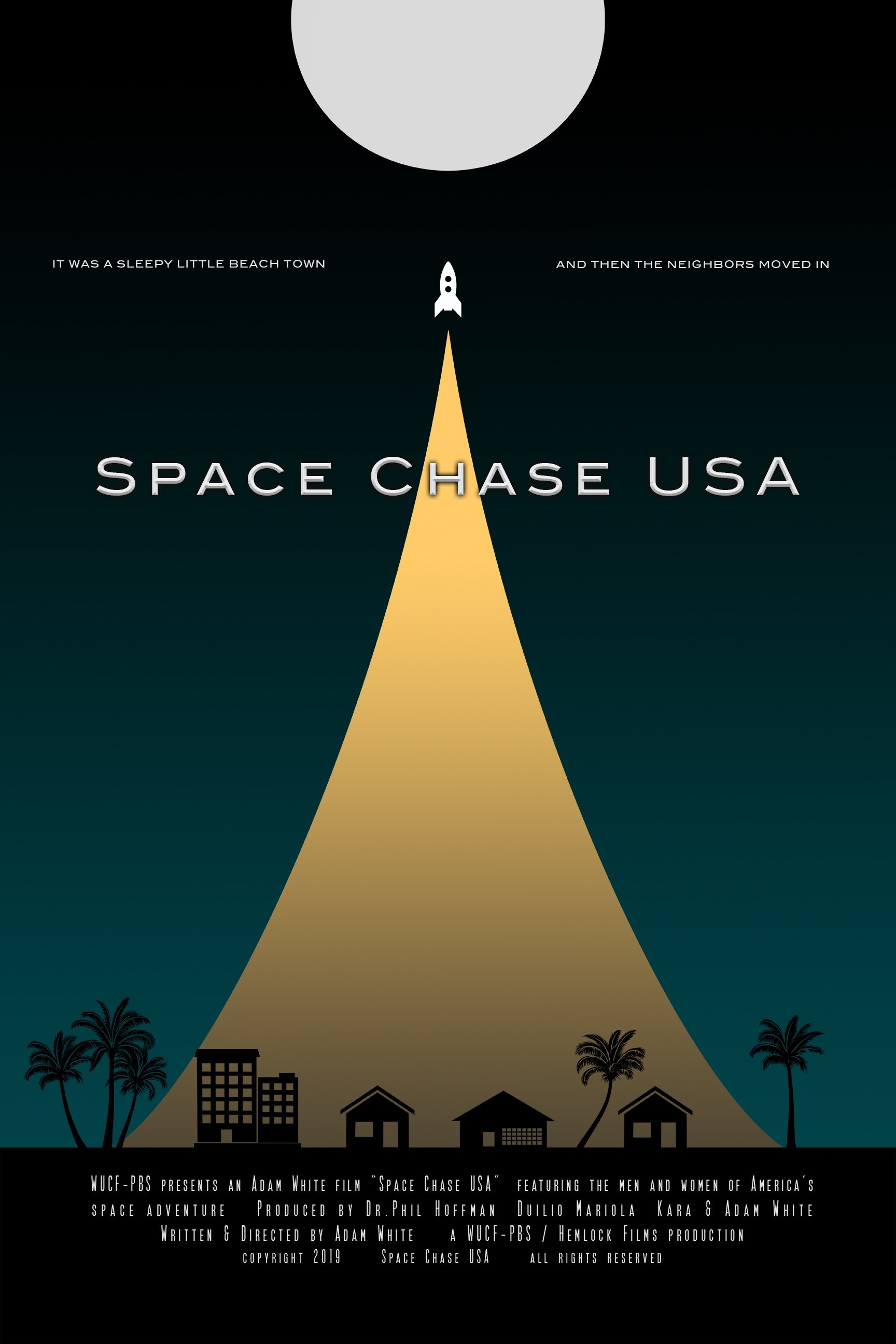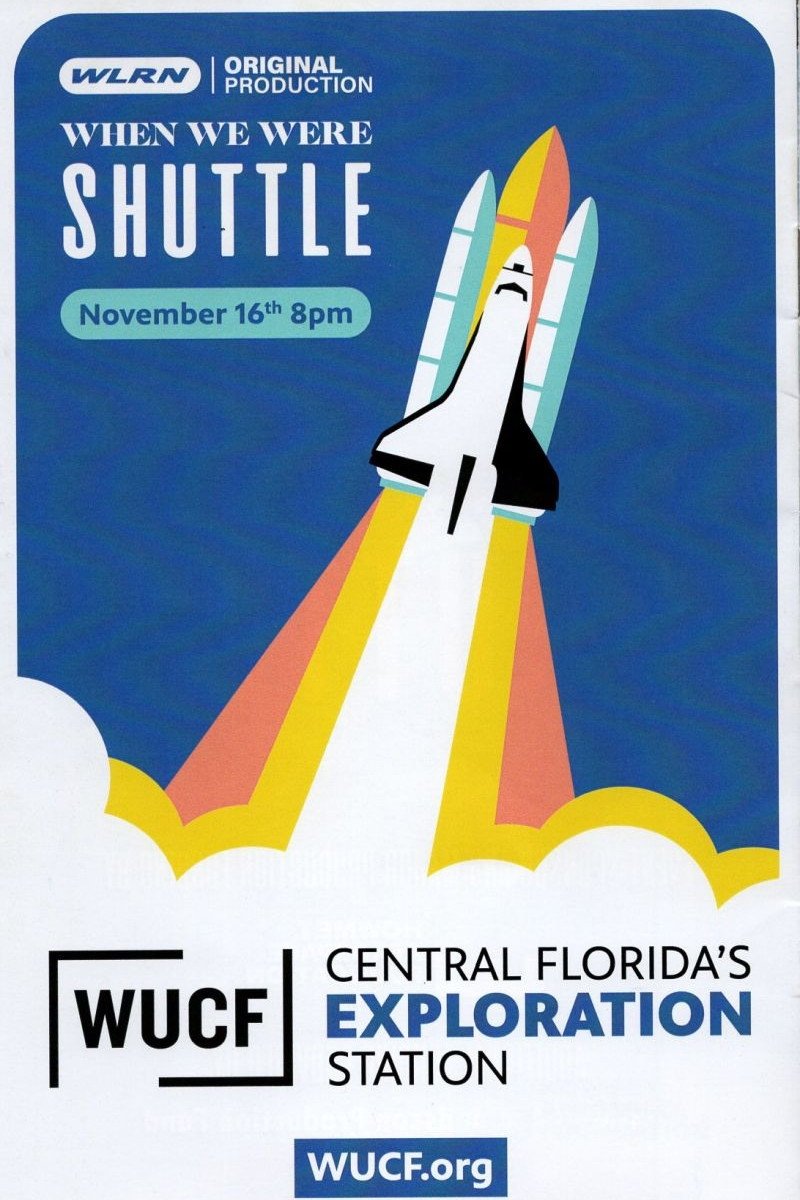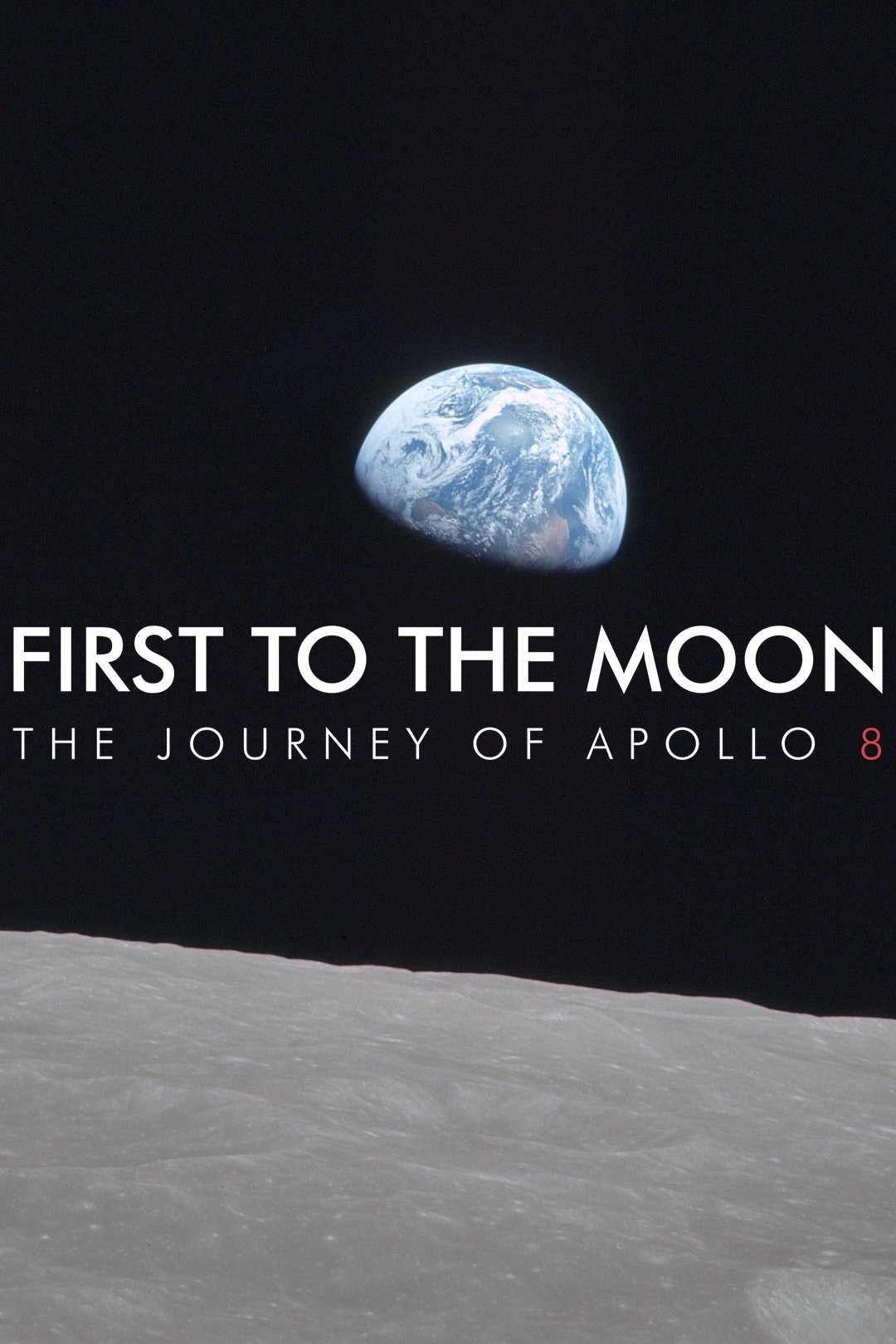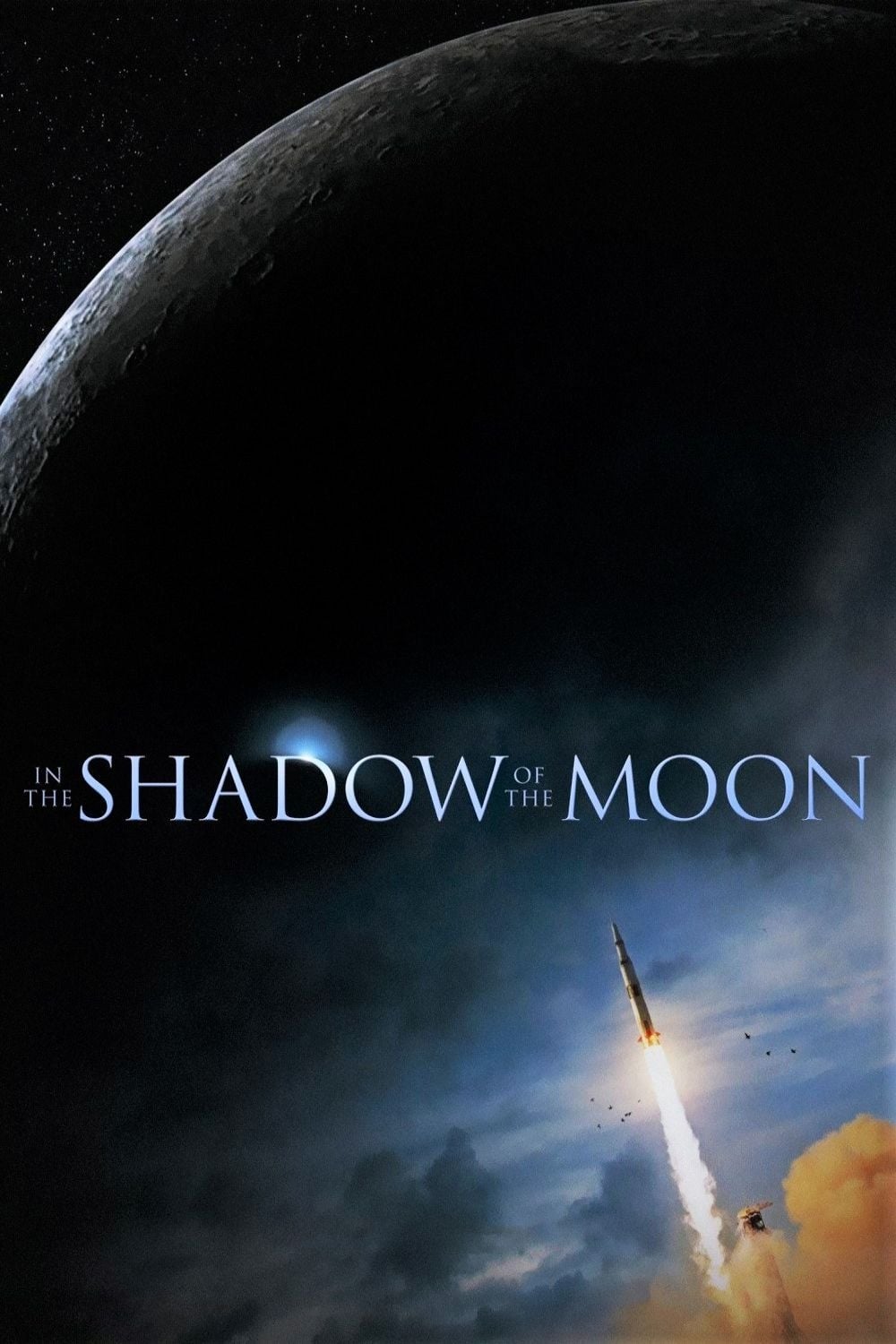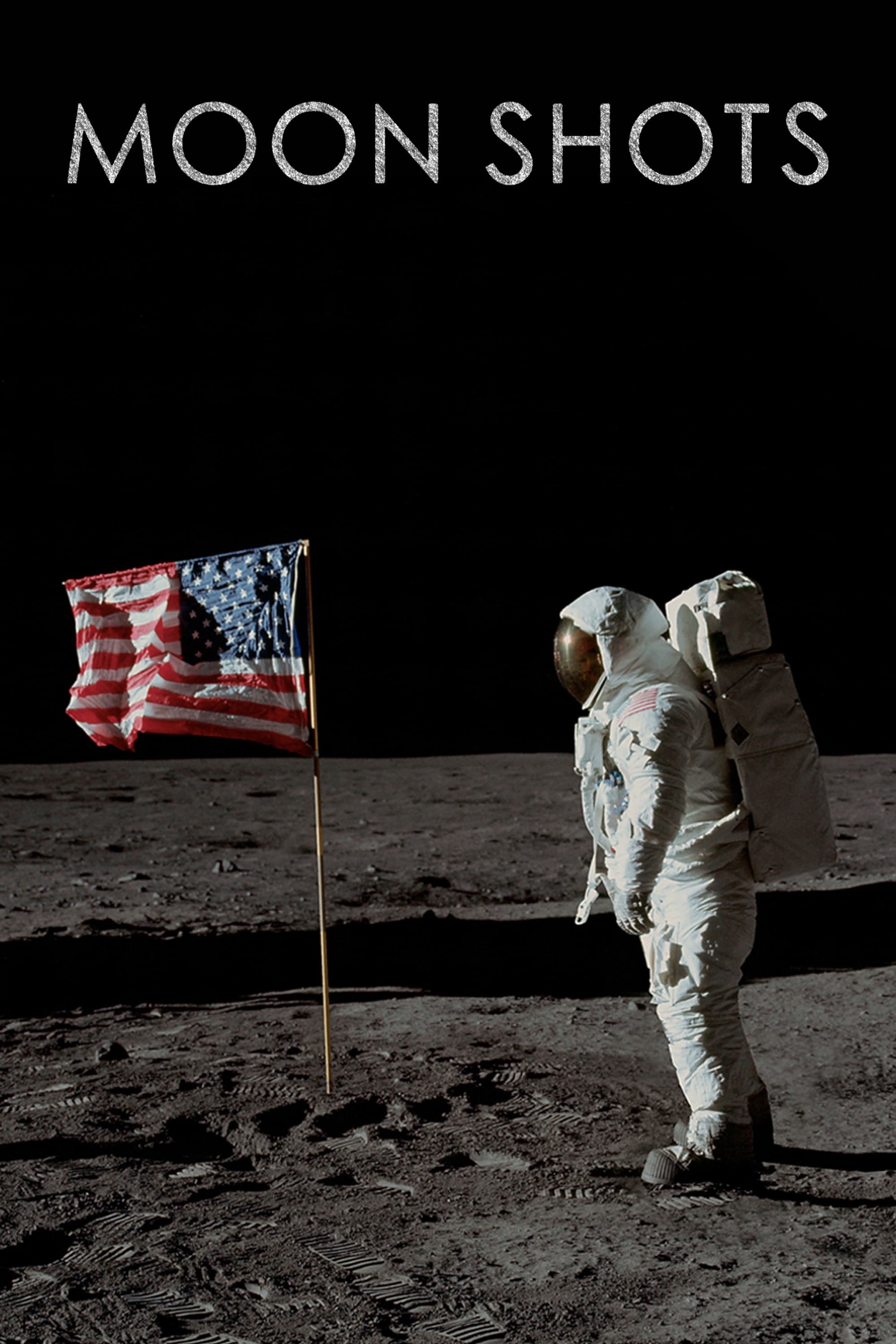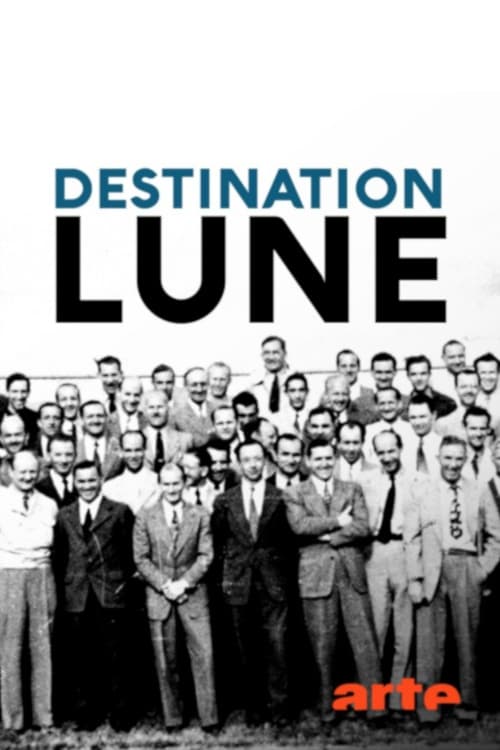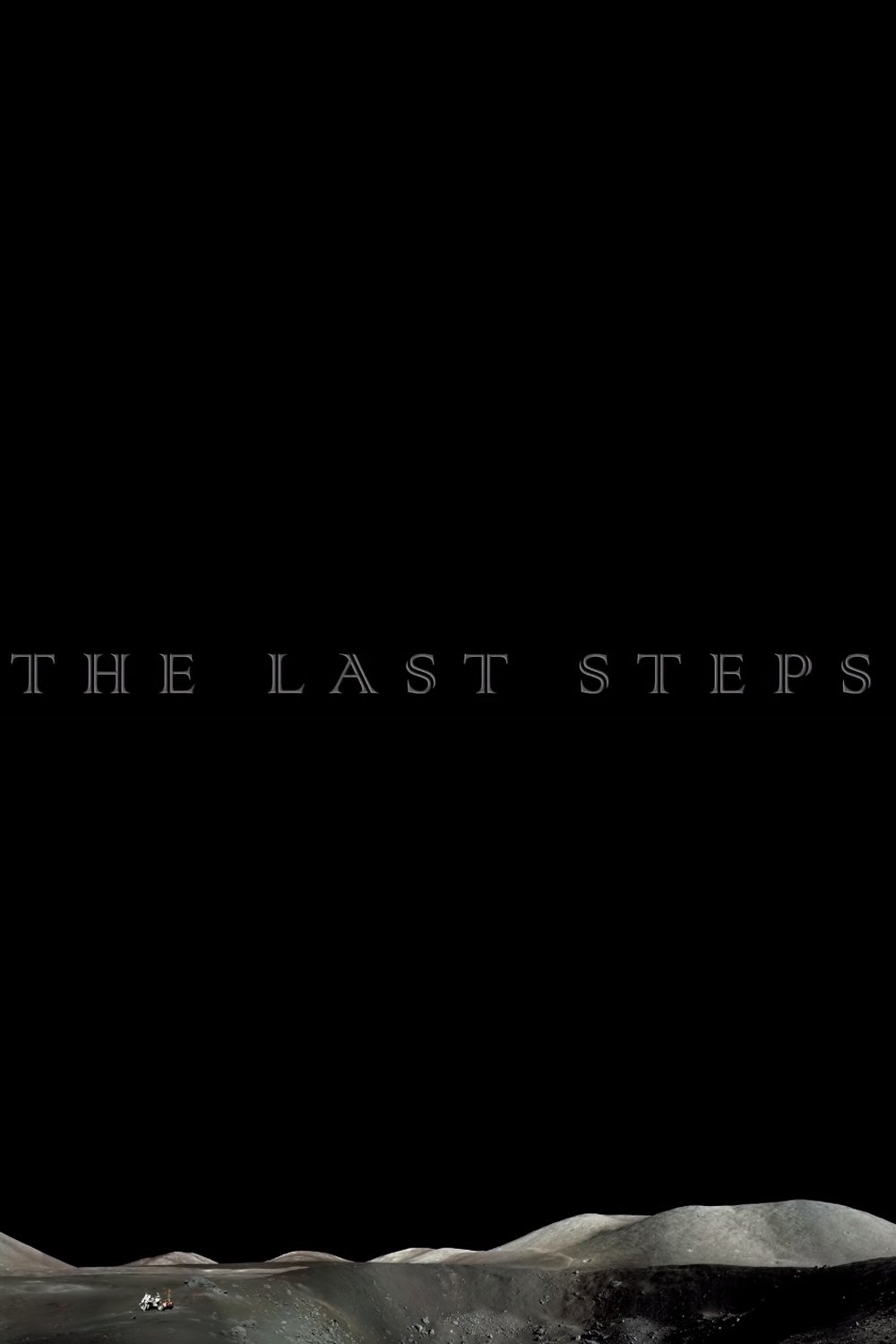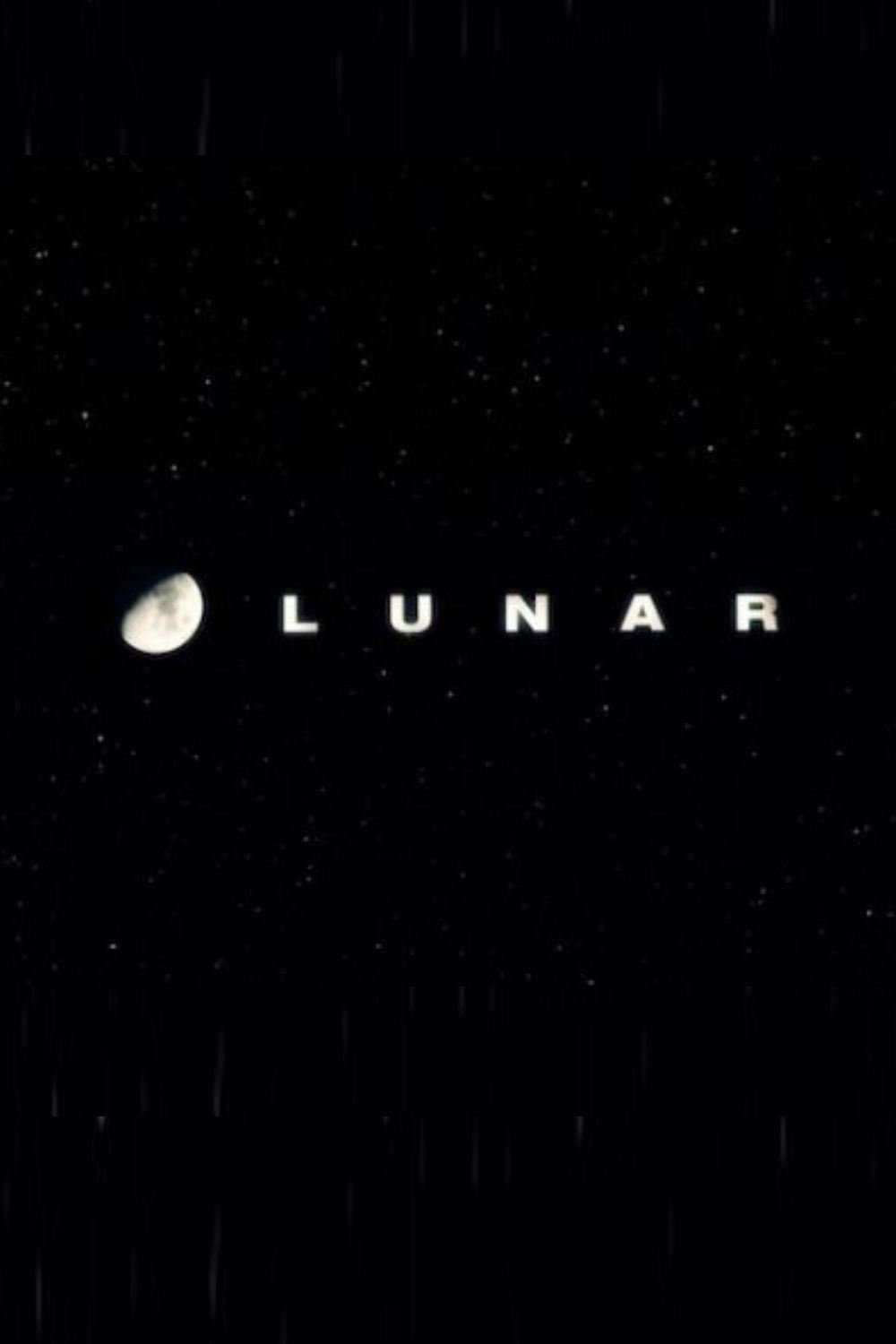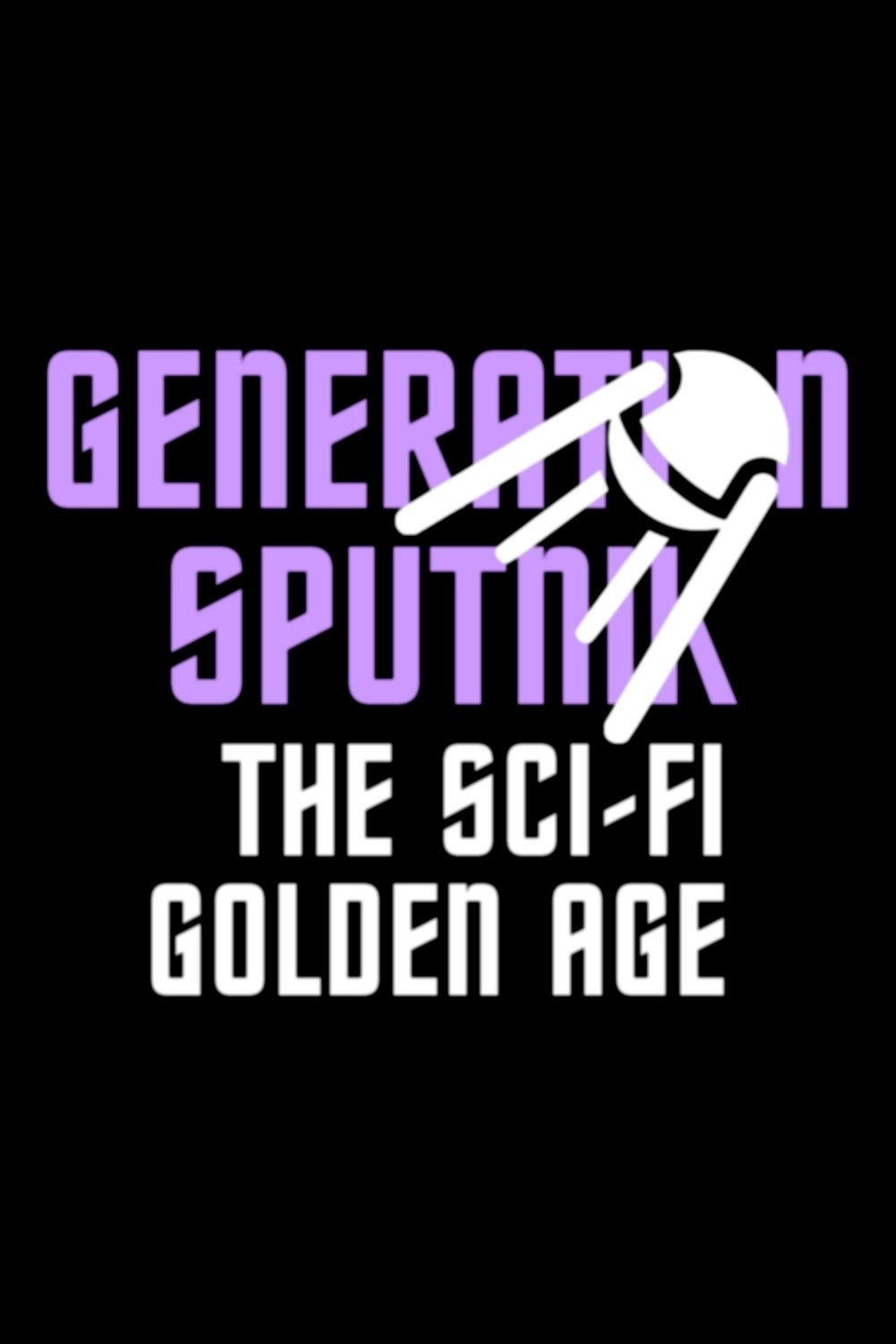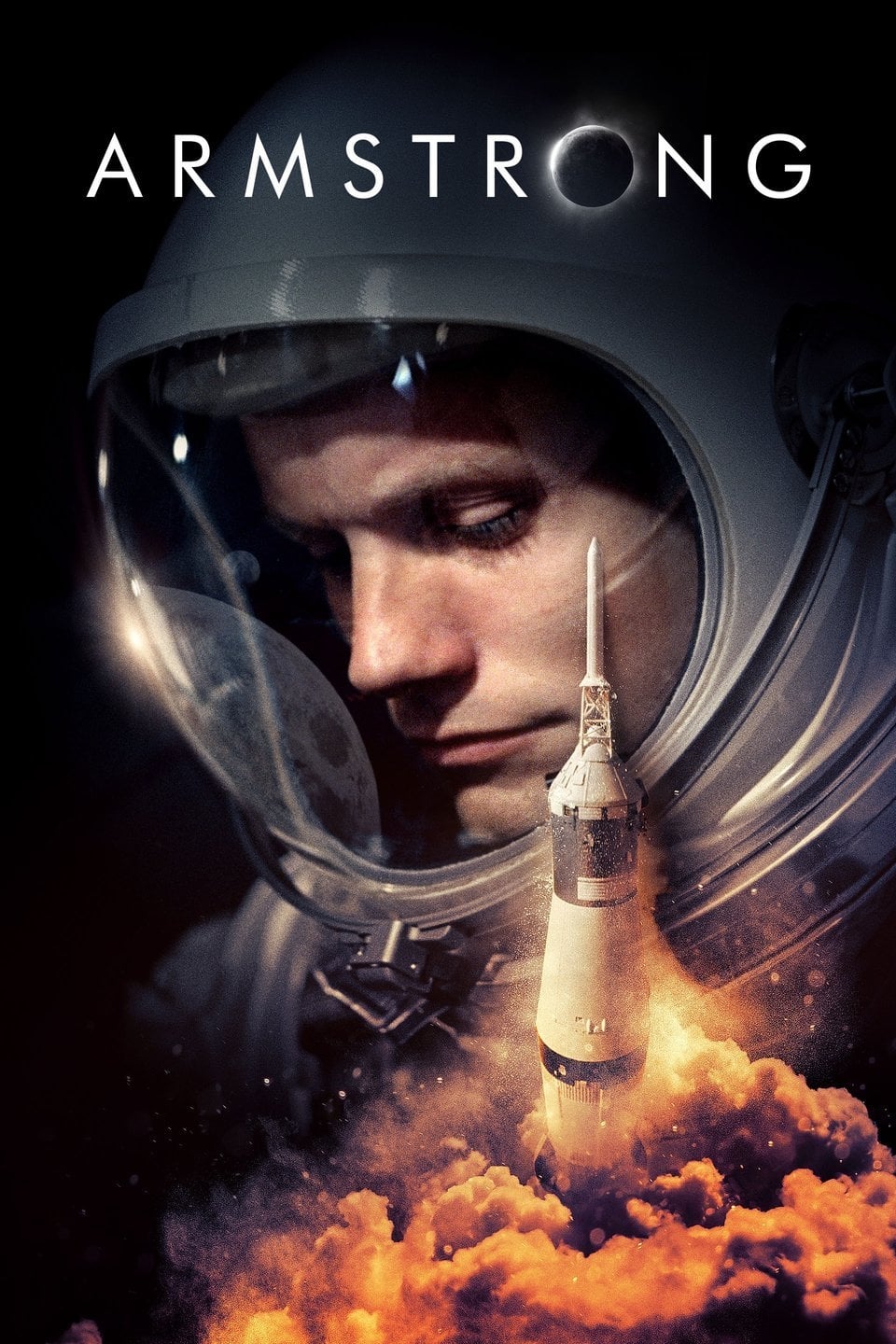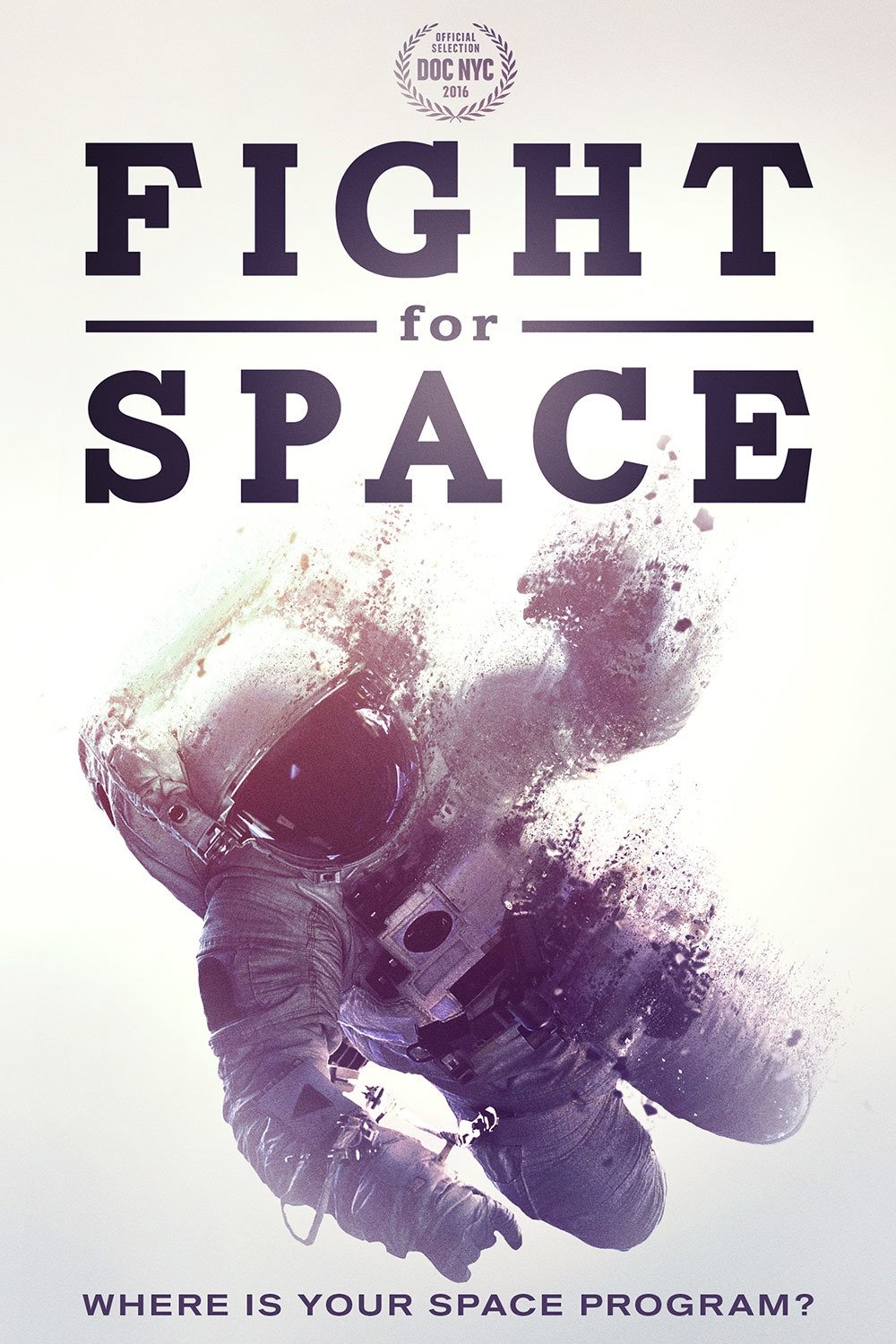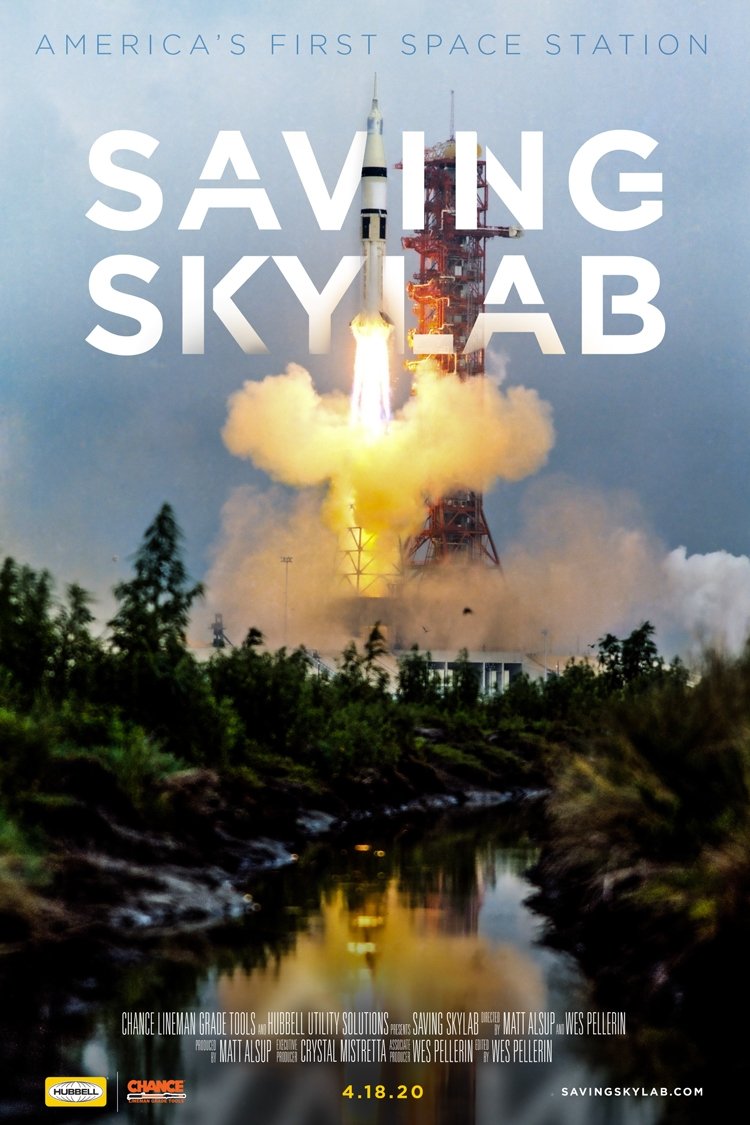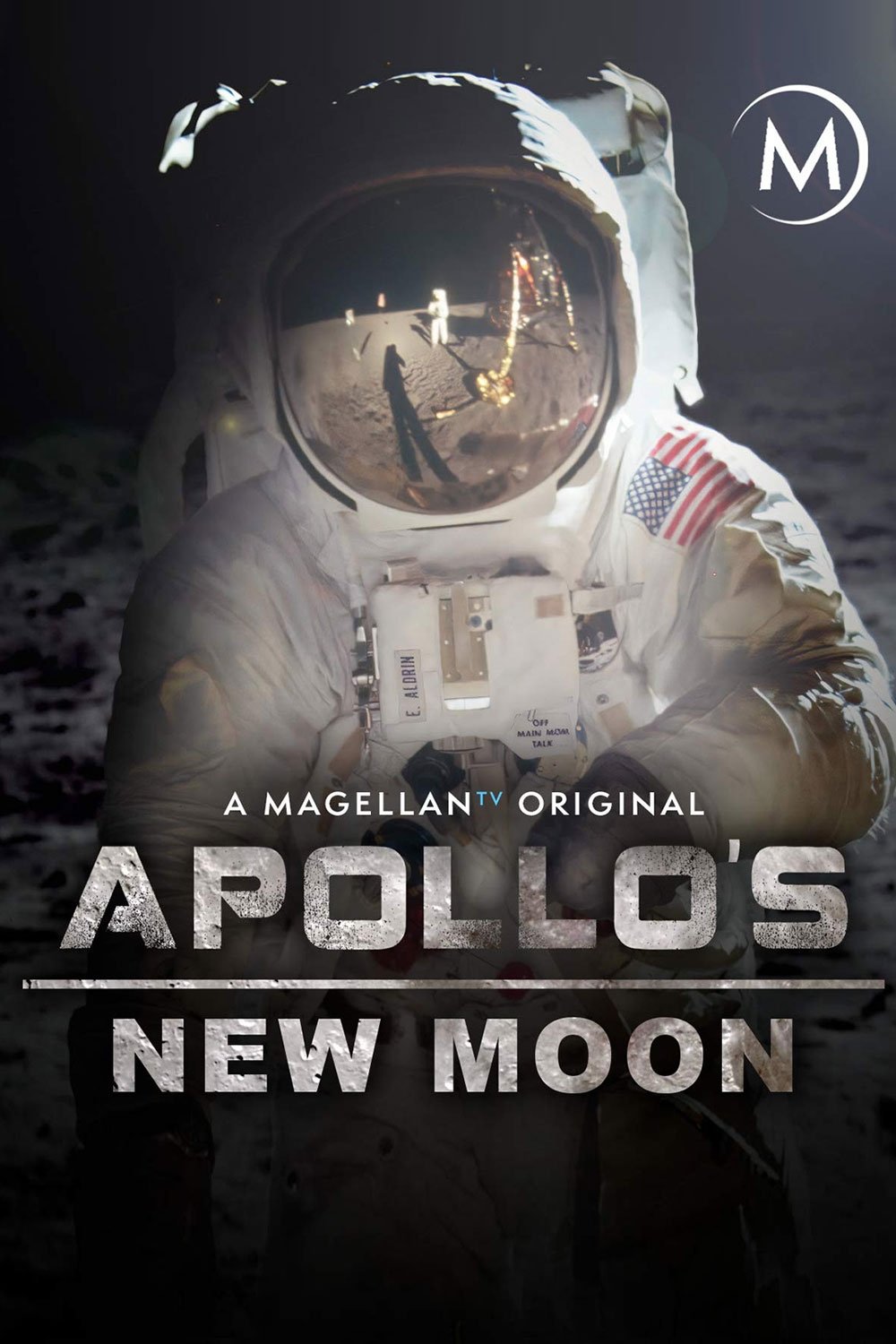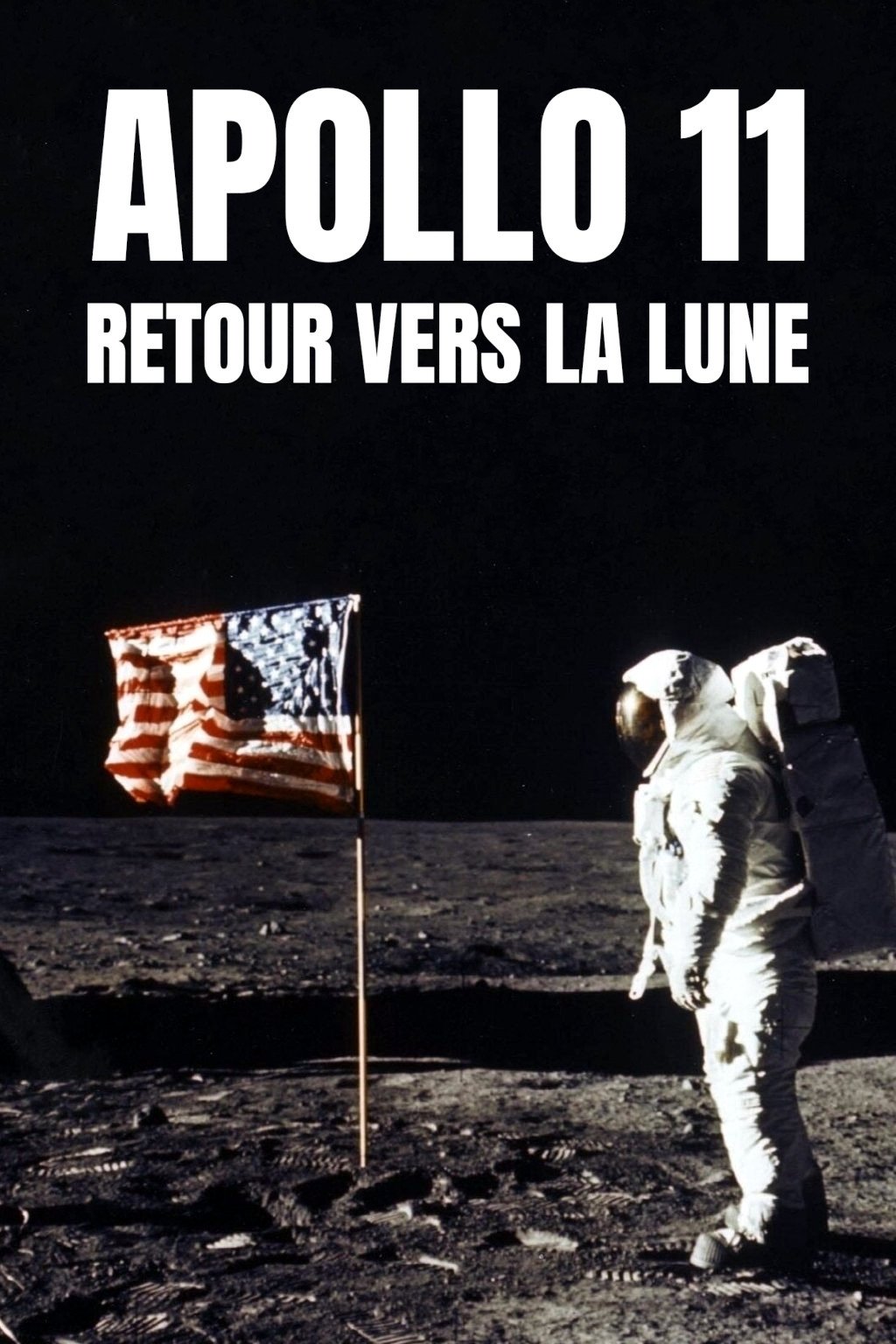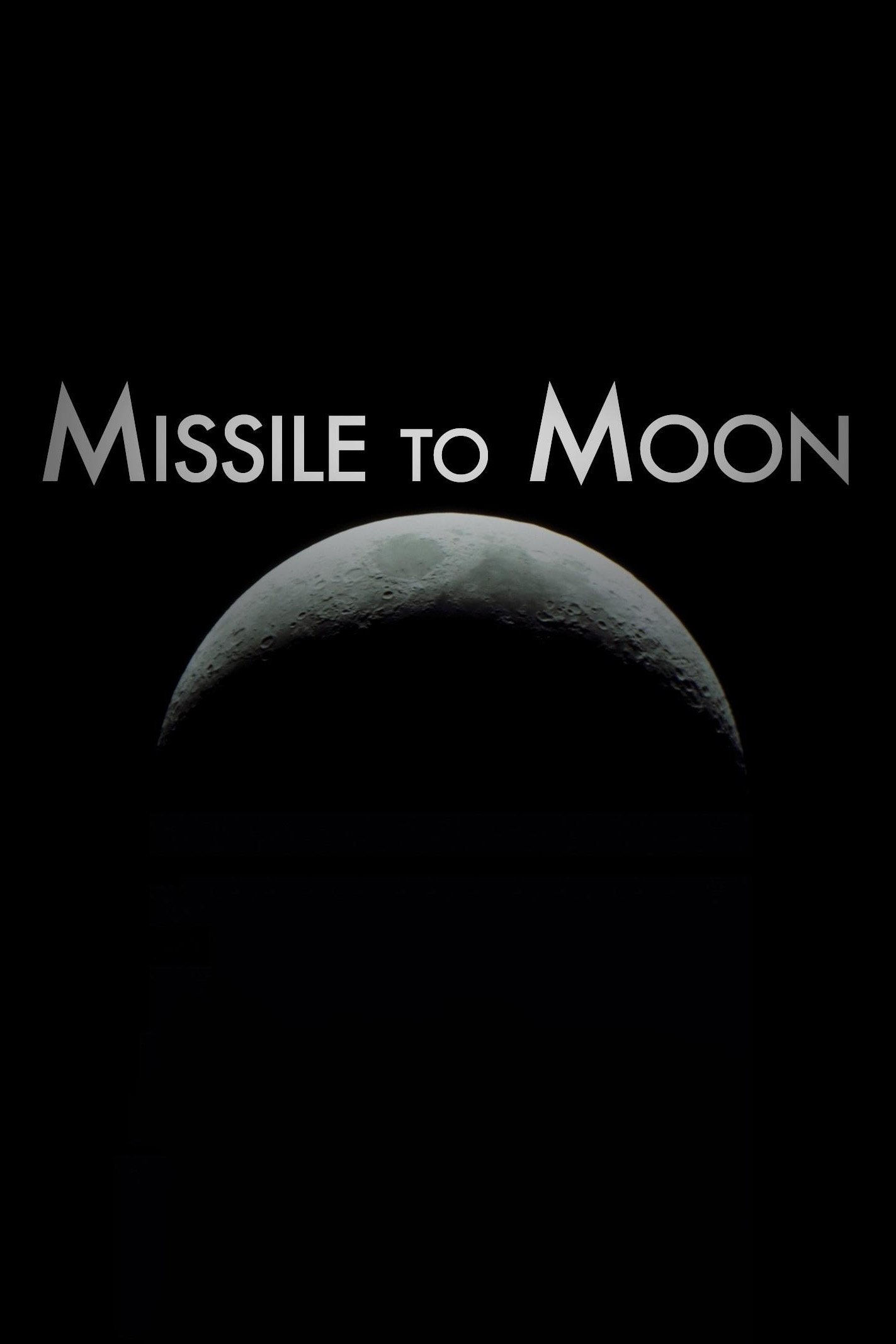
Missile to Moon (2012)
Overview
Track the evolution of Huntsville, Alabama, from the "Watercress Capital of the World" to "Rocket City, USA," Wernher von Braun's journey from German Rocket Engineer to American Hero, and the role this unlikely combination played in thrusting the United States into the forefront of the Space Age.
Production Companies
Additional Info
| Budget | $0.00 |
|---|---|
| Revenue | $0.00 |
| Original Language | en |
| Popularity | 0.07 |
Directed By
Crew
TOP CAST
Similar Movies
One Small Step, One Small Town: Neil Armstrong
WBGU-TV celebrates the 50th anniversary of the moon landing (July 2019) with a special collection of interviews from the friends and family of Neil Armstrong, the first astronaut to step on the moon. Through never-before-seen footage and home movies, interviewees share memories of growing up in Northwest Ohio. The documentary also includes as a look at the momentous 1969 Homecoming Celebration.
For All Mankind
A testament to NASA's Apollo program of the 1960s and '70s. Composed of actual NASA footage of the missions and astronaut interviews, the documentary offers the viewpoint of the individuals who braved the remarkable journey to the moon and back.
How the Moon Conquered Pop
Musicians inspired by the Moon. Since the Apollo landings, the Moon has entered popular consciousness like never before. A journey through pop music's lunar obsession.
#MoonMemories
From test flights to moon landings, thousands of people have dedicated their lives to the field of space exploration. Moon Memories presents firsthand accounts of those who made it all possible, and who now inspire a new generation of scientists, engineers and explorers.
Space Chase USA
Explores the extraordinary, transformative events Cocoa Beach residents found themselves engaged in during the 1950s and 1960s as the exploration of the future arrived on their sleepy shores.
When We Were Shuttle
Explores the Shuttle Program through the eyes of some of the exceptional men and women who worked behind-the-scenes to make it fly. A unique and intimate portrait of the Shuttle Years, their recollections and personal archives reveal their fondest memories and darkest hours: from the launching and repair of the Hubble Space Telescope and the construction of the International Space Station, to the loss of Shuttles Challenger and Columbia in accidents that were ultimately seen as avoidable, and in many ways served as the impetus for the fleet’s early retirement.
First to the Moon
When the world was in turmoil, three men went faster and farther than anyone thought possible. This is the story of the first people to leave the Earth and travel to the Moon — this is Apollo 8. Through restored archival films and audio, Apollo 8 astronauts Frank Borman, Jim Lovell, and Bill Anders tell you in their own words how their three different stories got them into the same tiny capsule pointed at the Moon — and what happened next.
In the Shadow of the Moon
Archival material from the original NASA film footage – much of it seen for the first time – plus interviews with the surviving astronauts, including Jim Lovell, Dave Scott, John Young, Gene Cernan, Mike Collins, Buzz Aldrin, Alan Bean, Edgar Mitchell, Charlie Duke and Harrison Schmitt.
Moon Shots 4K
This is the complete story of NASA's Moon Missions, from Apollo 1 to Apollo 17, told for the first time using 4K and HD original footage taken by astronauts from the most iconic space voyages in history.
Operation Mondlandung - Die NASA und die Ex-Nazis
The spectacular moon landing in 1969 was also a success of more than 100 technicians and engineers from Germany, some of whom had already revolutionized weapons technology and built rockets in Hitler's service during World War II. The documentary analyzes the entanglements of German NASA employees with the Third Reich.
Research Project X-15
The X-15 was the last in a line of manned rocket-powered research airplanes built during the 1950s to explore ever-faster and higher flight regimes. Nineteen years before Space Shuttle, the X-15 showed it was possible to fly into, and out of, space. Launched from the wing of a modified B-52 bomber, the ship rocketed higher and faster than any manned aircraft of the time. There had never been anything like the X-15; it had a million-horsepower engine and could fly twice as fast as a rifle bullet. In the joint X-15 hypersonic research program that NASA conducted with the Air Force, the Navy, and North American Aviation the aircraft flew over a period of nearly 10 years and set unofficial speed and altitude records, in a program to investigate all aspects of piloted hypersonic flight. Information gained from the highly successful X-15 program contributed to the development of the Mercury, Gemini, and Apollo piloted spaceflight programs as well as the Space Shuttle program.
The Last Steps
On December 7, 1972, NASA launched Apollo 17, a lunar mission crewed by Eugene Cernan, Ronald Evans and Harrison Schmitt. It would be the last time humans traveled beyond low Earth orbit, the last time man landed on another celestial body, and the last time man went to the moon. The Last Steps uses rare, heart-pounding footage and audio to retrace the record-setting mission.
Lunar
In the year 1957 the cold war expands to space. The Soviet-Union sends Sputnik as the first manmade object into earth-orbit. 3 years later Yuri Gagarin enters space as the first man in space. The so called "Space Race" seems to be decided. But in 1961 President Kennedy promised to send American Astronauts to the Moon. The Apollo Project was born. A space ship had to be built that is strong enough to escape earth's gravitation, land on the moon and bring the crew safely back to earth. Motion Designer Christian worked with his brother and Composer Wolfgang for 18 months on this shortfilm. The foundation were thousands original NASA photographies, taken from the Astronauts during the Apollo Missions, which were released in September 2015. It is an animated collage using different techniques to bring the stills to life.
Generation Sputnik
From 1957 —the year in which the Soviets put the Sputnik 1 satellite into orbit— to 1969 —when American astronaut Neil Armstrong walked on the surface of the moon—, the beginnings of the space conquest were depicted in popular culture: cinema, television, comics and literature of the time contain numerous references to an imagined future.
Apollo 13: Survival
Using original footage and interviews, this documentary tells the nail-biting story of Apollo 13 and the struggle to bring its astronauts safely home.
Fight For Space
In 1962, spurred by the Cold War, President John F. Kennedy famously made the bold proclamation that NASA would send astronauts to the moon by the end of the decade, not because it was easy, but because it was a challenge. The Space Race inspired a generation to pursue careers in science and technology, but as the balance of world power shifted, interest in space exploration declined. "Fight for Space" serves as an urgent call to re-awaken our sense of wonder and discovery.
Saving Skylab: America's First Space Station
How an electric lineman's tool manufacturer in Centralia, Missouri, helped save the first American space station from catastrophe.
Apollo's New Moon
This extraordinary film features NASA film footage enhanced by AI-based software and other image processing. The clarity of the images gives viewers a whole new perspective on what it was like to step onto lunar soil and ramble about the alien landscapes. The film shows how teams of astronauts collected evidence that has revolutionized our understanding of the origin of both Earth and the moon.
